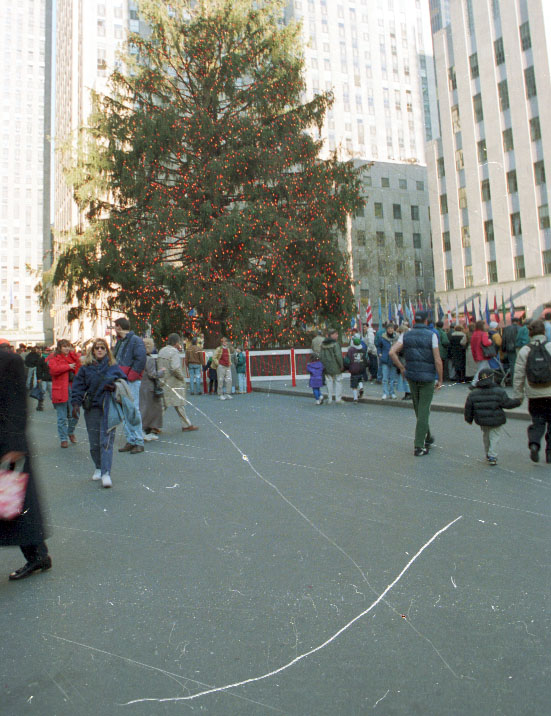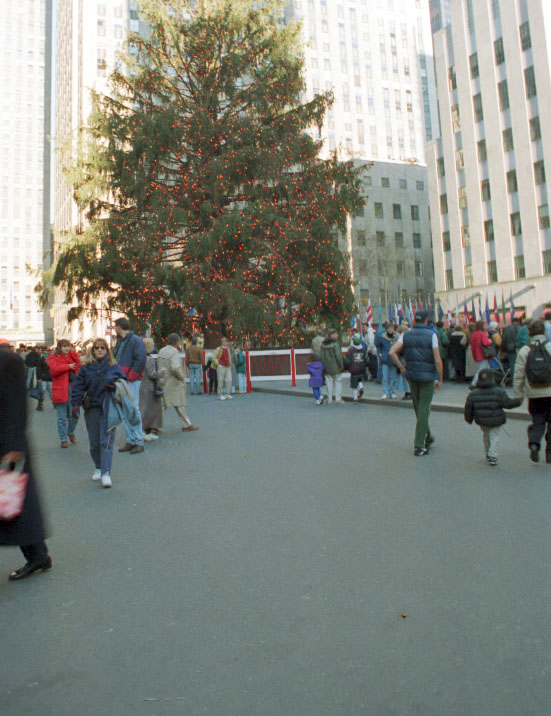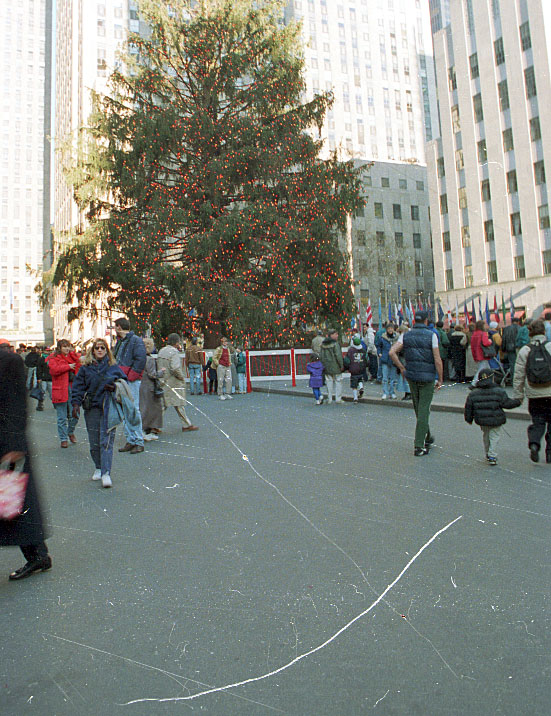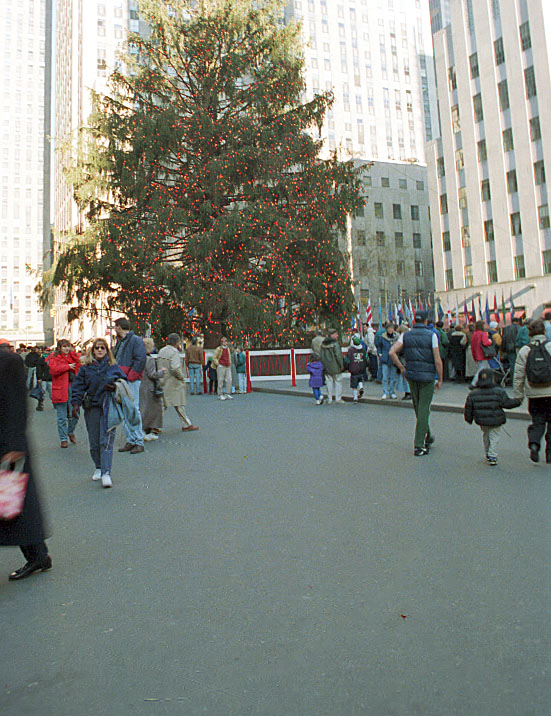
fig. 1a

fig. 1b
ICE
Some Remarks on Using ICE on the Nikon LS
ICE is a hardware feature of Nikon LS scanners which eliminates dust and image defects. One of the criticisms of this feature is that the cleaning is achieved at the expense of image sharpness. This case looks at the effect of ICE from a different perspective, shows how slight this loss is, and if this loss is objectionable how easy it is to compensate for it.
To put this into context, the Kodacolor 100 image below was scanned at 675 dpi, auto b/w point, without and with ICE. Along with added dust, scratches were made with a pin on the backing and emulsion sides. Neither image was altered after scanning.

fig. 1a |

fig. 1b |
Any loss of sharpness in the image using ICE (right) is barely noticeable only because the scan not using it is juxtaposed immediately to its left. The impression of less sharpness comes from the slightly decreased contrast in local areas in the picture right.

fig. 2a |

fig. 2b |
Forming a displayable image, however, is a process, and scanning is one step in that process. As a final step, most scanned images have an unsharp mask applied before being printed or displayed. An unsharp mask can compensate for differences in sharpness.
Alternative Method
Here is a method for the perfectionist. The image below is a composite of the image without ICE and the corrections from the image using ICE.

fig. 3
Both images were read into Photoshop. Using the ICE image as one layer and the image scanned without ICE as the other, a difference layer was formed. An image threshold was applied to the difference to form a black and white image. This is the key adjustment: the threshold amount setting controls the size of the corrections. The layer was then made into a mask to select the corrections only, which were used to overlay the flaws in the uncorrected image. A slight tonal adjustment was applied to the corrections to match the tones of the base image. Aside from the unsharp mask to enable comparison with figure 2b, no further correction was performed. This gives the user an idea of the additional effort required to remove flaws.
This method took me about 4 minutes; judge for yourself whether the effort is justified.
ICE and Kodachrome
Another criticism of ICE is that it doesn't work with Kodachrome. Here is a Kodachrome scan using ICE: